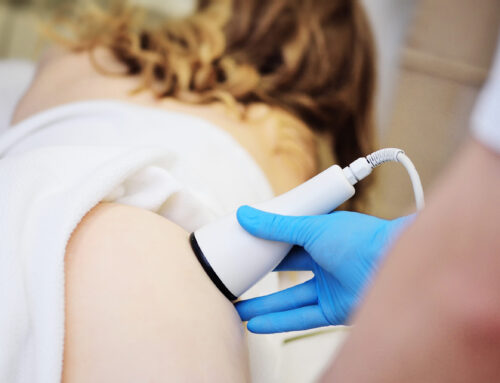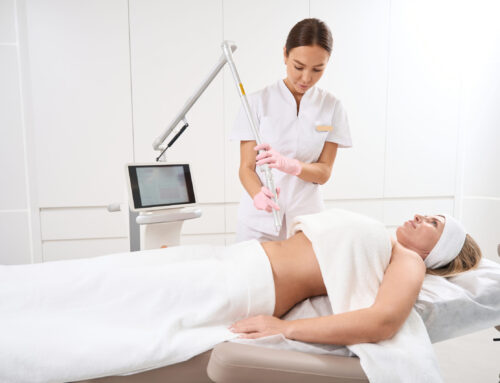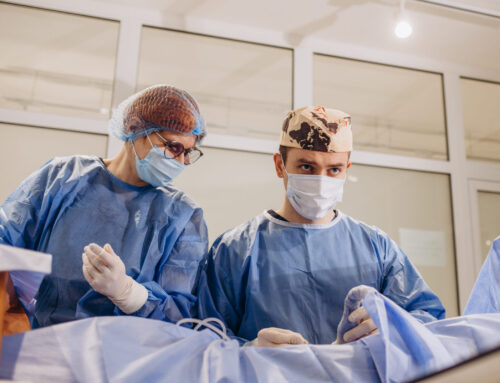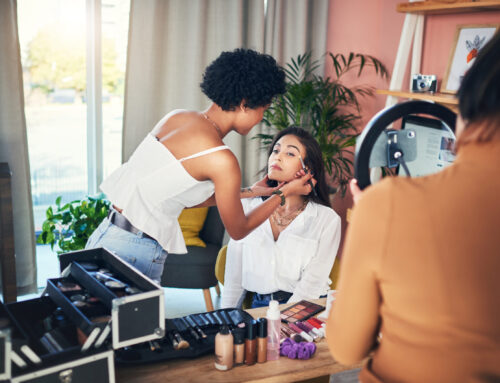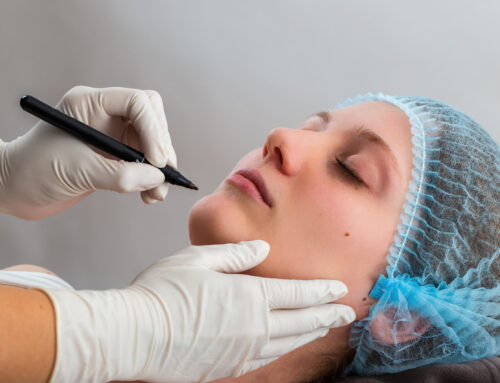 The Significance of the Nose in Facial Aesthetics
The Significance of the Nose in Facial Aesthetics
The nose, centrally located on the face, plays a pivotal role in determining facial harmony and aesthetics. Its size, shape, and proportion significantly impact the overall balance and symmetry of the face. Rhinoplasty, or nose reshaping surgery, is not just a medical procedure; it’s an art form that requires a deep understanding of facial aesthetics and precise surgical skill. This surgery can dramatically enhance facial appearance and, in many cases, also improve breathing function.
The decision to undergo rhinoplasty often stems from a desire to achieve a more harmonious facial appearance or to correct structural issues that may cause breathing difficulties. The procedure’s ability to transform and enhance one’s appearance makes it one of the most sought-after cosmetic surgeries worldwide.
 Types of Rhinoplasty: Exploring Different Procedures and Their Outcomes
Types of Rhinoplasty: Exploring Different Procedures and Their Outcomes
Rhinoplasty encompasses various techniques, each tailored to address specific concerns. The two primary types are open and closed rhinoplasty. Open rhinoplasty involves a small external incision and is preferred for more complex cases, as it allows the surgeon greater visibility and access. Closed rhinoplasty, on the other hand, involves incisions within the nostrils and is typically used for less extensive reshaping.
Other variations include revision rhinoplasty, performed to correct or improve the results of a previous nose surgery, and functional rhinoplasty, aimed at improving nasal breathing. The choice of technique depends on the individual’s anatomy and desired outcomes, emphasizing the need for a personalized surgical approach.
 The Procedure: A Step-by-Step Guide to What Happens During Surgery
The Procedure: A Step-by-Step Guide to What Happens During Surgery
Rhinoplasty is a detailed and intricate procedure. It begins with anesthesia to ensure the patient’s comfort. In an open rhinoplasty, the surgeon makes a small incision between the nostrils, lifting the skin to reshape the underlying bone and cartilage. For a closed rhinoplasty, all incisions are made inside the nostrils. The surgeon then carefully sculpts the nose to the desired shape, considering the patient’s unique facial structure.
Once the reshaping is complete, the skin is redraped, and the incisions are closed. The surgery typically takes one to three hours, depending on the complexity. The surgeon’s skill in sculpting and refining the nose is crucial in achieving a natural-looking and aesthetically pleasing outcome.
 Recovery and Aftercare: Tips for a Smooth Post-Operative Journey
Recovery and Aftercare: Tips for a Smooth Post-Operative Journey
Recovery from rhinoplasty is a critical phase. Immediately after surgery, patients can expect swelling and bruising around the eyes and nose. It will gradually subside over the following weeks. It’s essential to rest with the head elevated and avoid strenuous activities during the initial recovery period.
Following the surgeon’s aftercare instructions is crucial for a smooth recovery and optimal results. This includes avoiding blowing the nose, wearing glasses that rest on the nose, and exposure to direct sunlight. Regular follow-up appointments are necessary to monitor the healing process. Patience is key, as it can take up to a year for the final results to fully manifest.
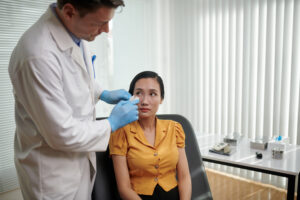 Real-life Transformations: Before-and-After Stories from Patients
Real-life Transformations: Before-and-After Stories from Patients
The transformative power of rhinoplasty is best illustrated through patient stories. Many individuals who have undergone the procedure share remarkable changes. It’s not only in their appearance but also in their self-esteem and confidence. For instance, a patient who felt self-conscious about a prominent nasal hump described the profound impact of her rhinoplasty. It brought balance to her facial features and boosted her self-confidence.
Another patient’s story highlights the functional benefits of rhinoplasty. Suffering from chronic breathing issues due to a deviated septum. The patient experienced significant improvement in breathing function post-surgery, alongside the aesthetic enhancement. These stories underscore the dual benefits of rhinoplasty – enhancing facial aesthetics and, in many cases, improving quality of life.
 The Lasting Impact of Rhinoplasty on Confidence and Appearance
The Lasting Impact of Rhinoplasty on Confidence and Appearance
Rhinoplasty goes beyond mere cosmetic enhancement; it’s a procedure that can have a profound and lasting impact on an individual’s confidence and overall appearance. By bringing balance and proportion to the face, it can significantly enhance one’s self-image and emotional well-being. The art and science of rhinoplasty lie in the surgeon’s ability to create a natural-looking result that harmonizes with the patient’s unique facial features.
This procedure is not just about altering one’s nose; it’s about crafting a look that complements and enhances the entire face. The positive changes brought about by rhinoplasty often extend beyond physical appearance, imbuing patients with a renewed sense of self-assurance and positivity. As techniques continue to advance, rhinoplasty remains a testament to the intricate blend of medical expertise, aesthetic judgment, and the transformative power of cosmetic surgery.


